Most Exciting NASA Space Missions
The most exciting NASA space missions have paved the way for the future of space exploration.
NASA has kept the world on its toes. From Apollo to Chandra to Viking, and all of the space exploration in between, NASA's entire history has been step after giant step for mankind. The organization was established in 1958 by President Dwight D. Eisenhower to encourage peaceful applications in space science. Since then, NASA has led the vast majority of US space missions. Throughout these decades, NASA has launched many an exciting and revolutionary mission, from winning the space race to launching numerous unmanned missions for observational purposes. As man looks from the most exciting NASA space missions and exploration towards colonization, more and more privately held space companies are popping up to complement NASA's work. With Elon Musk's SpaceX releasing the first privately funded, liquid-propellant rocket to reach orbit and working towards enabling people to live on other planets, it seems that the future of space travel may be more privately run than governmental. However, as we move forward, it is important to look back and see how far NASA has brought us with the most exciting NASA space missions.
Pioneer

via NASA
The Pioneer Spacecraft missions were a series of eight missions managed by the Pioneer Project Office at NASA. They were designed to operate in space for at least six months. Pioneer 11, while flying by Jupiter, obtained images of the Great Red Spot and determined the mass of Jupiter's moon, Callisto. Pioneer 10 and 11 are the best known of the Pioneer missions because of their exploration of the outer planets and for leaving our solar system. Both Pioneer 10 and Pioneer 11 carry a golden plaque, depicting a man and a woman and information about the origin and the creators of the probes, should they be located by extraterrestrials.
Voyager
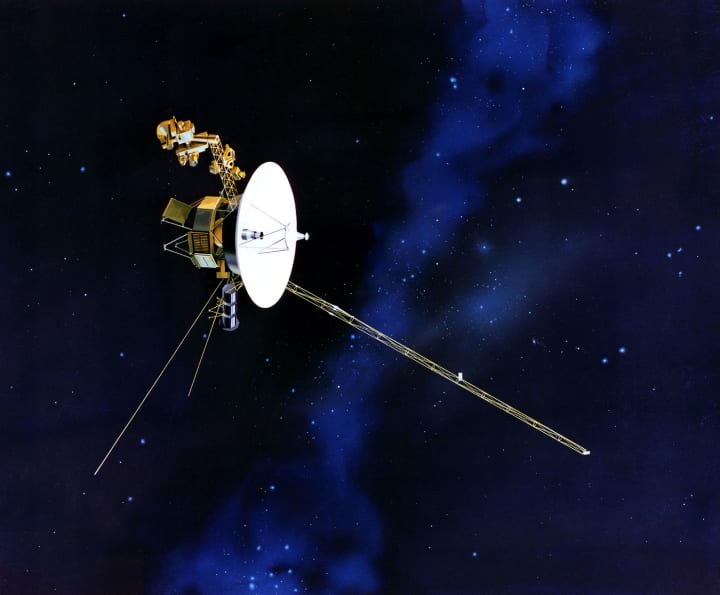
via NASA
Voyager 1 and Voyager 2 are two robotic probes that are used to study the outer solar system. Their original missions were to study the planetary systems of Jupiter and Saturn. Voyager 2's expedition continued to Uranus and Neptune. Its flyby of Neptune uncovered three complete rings and six unknown moons, as well as a planetary magnetic field. Voyager 2 is one of the most exciting NASA space mission because it is still the only spacecraft to have visited the two known ice giants in our solar system. Their missions have been extended three times and continue to collect useful scientific data.
WMAP
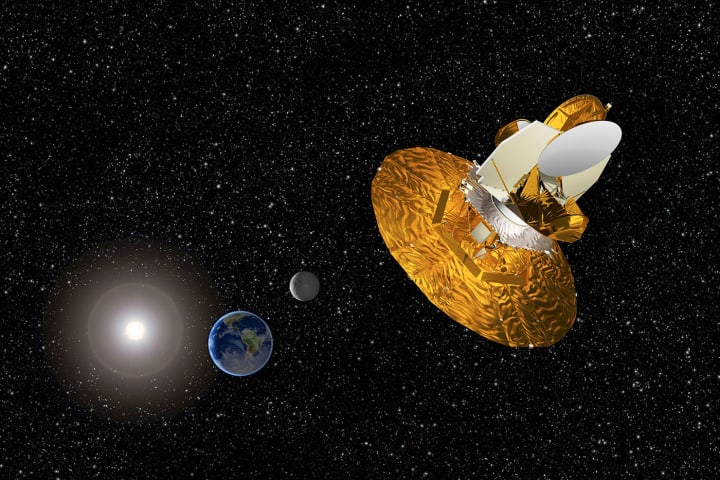
via NASA
The Wilkinson Microwave Anisotropy Probe measured the differences across the sky in the temperature of the cosmic microwave background, which is the heat radiating from the Big Bang. WMAP was launched on June 30, 2001 from Florida. After nine years of operation, it was switched off in 2010. The measurements it took played an important role in establishing the current Standard Model of Cosmology.
Spitzer

via Wikipedia
The Spitzer Space Telescope is an infrared space observatory that launched in 2003. It is the final of the NASA Great Observatories program. Once the liquid helium supply was exhausted, which occurred in 2009, most of the instruments on the telescope became unusable. The two shortest-wavelength modules of the IRAC cameras, however, are still operable. The telescope is named after Lyman Spitzer, who had promoted the concept of using telescopes in space in the 1940s. The images that is has recorded are some of the most incredible to reach Earth.
Spirit & Opportunity

The goal of these space rovers was to search for answers about the history of water on Mars. This was done by searching for and characterizing a variety of rocks and soils that would hold clues to past water activity. They were sent out in 2003 and it was a $820 million undertaking. During its fifth mission, the Spirit became stuck in some soft soil. After nine months of trying to get it to move, its role was changed to be a stationary science platform.
Cassini Huygens

via Space
This unmanned spacecraft was sent to Saturn. It is the fourth space probe to take the journey to Saturn and is one of the most exciting NASA space missions because it was the first to enter its orbit. Its missions is still ongoing. The United States and 16 European countries make up the team responsible for designing, building, and collecting data from the Cassini orbiter and the Huygens probe. The mission itself is managed by the NASA's Jet Propulsion Laboratory.
Chandra

via Wikipedia
Another one of the Great Observatories, this telescope is named after astrophysicist Subrahmanyan Chandrasekhar. It was launched on July 23, 1999. It is sensitive to X-ray sources 100 times fainter than any previous X-ray telescope. Since the Earth's atmosphere absorbs the majority of X-rays, space-based telescopes are the only ones that can pick up these observations. Its mission is still ongoing. Chandra has made many discoveries which have helped advance the field of X-ray astronomy. It picked up the first light image of supernova remnant, Cassiopeia A. It gave the astronomers a glimpse at the compact object in the center, which was probably a neutron star or a black hole.
Viking
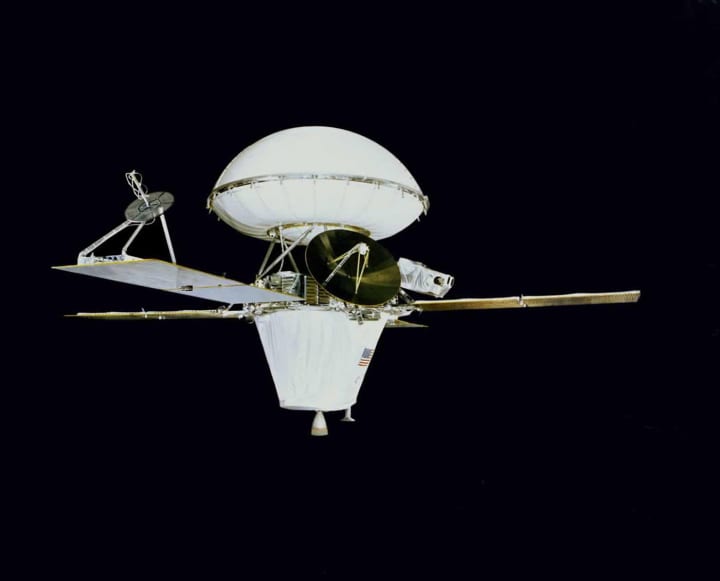
via NASA
Viking 1 and Viking 2 were a pair of American space probes that were sent to Mars. Each one was composed of two main parts: an orbiter and a lander. The orbiter was designed to photograph the surface of the planet from orbit and the lander was designed to study the planet from the surface. This program was evolved from the Voyager Mars program. The Viking program cost about $1 billion.
Hubble

via Space
Launched in April of 1990 on the space shuttle Discovery from the Kennedy Space Center in Florida, this telescope has been able to give us clear and deep views from above the Earth's atmosphere. It was the first major optical telescope to be placed in space. It has an unobstructed view of the universe. An interesting fact about the Hubble telescope is that it has no thrusters. In order to change pointing angles, it uses Newton's third law by spinning its wheels in the opposite direction. The Hubble telescope is the length of a large school bus. It has traveled more than 3 billion miles along a circular low Earth orbit currently about 340 miles in altitude.
Apollo
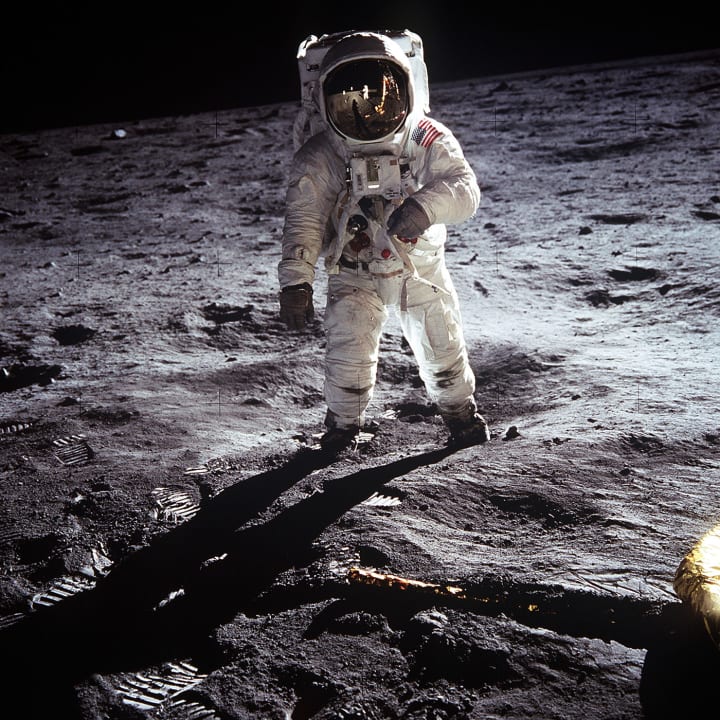
via Wikipedia
Perhaps the most well known of the most exciting NASA space missions, Project Apollo was the third United States human spaceflight program carried out by NASA. One of its goals, according to President John F. Kennedy, was "Landing a man on the Moon and returning him safely to Earth." This was accomplished on July 20, 1969 when Neil Armstrong and Buzz Aldrin landed their Lunar Module on the Moon. "One small step for man, one giant leap for mankind" were Armstrong's words. Billions of dollars have been spent on this project. Thirty-two astronauts have been assigned to fly in the Apollo manned lunar landing program.
Recommended Reading
These NASA missions by no means cover the scope of space exploration to date. NASA has covered much of space not documented in these missions, and has learned a great deal more than has been explained here. Delve deeper into NASA's other missions with Discovery Channel's When We Left Earth: The NASA Missions.
Discovery Channel teamed up with NASA in an exclusive special to celebrate all the incredible space achievements. Never before seen footage, interviews, and more are compiled into this one of a kind documentary, When We Left Earth: The NASA Missions.
About the Creator
Futurism Staff
A team of space cadets making the most out of their time trapped on Earth. Help.

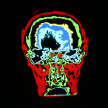




Comments
There are no comments for this story
Be the first to respond and start the conversation.